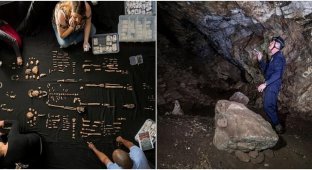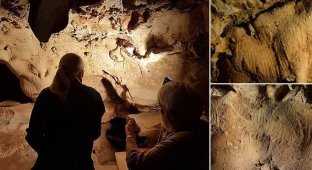Scientists have found the oldest evidence of cannibalism (5 photos)
Characteristic cuts on the bones of a distant relative of Homo sapiens indicate that he was most likely killed and eaten one of "their" 1.5 million years ago. 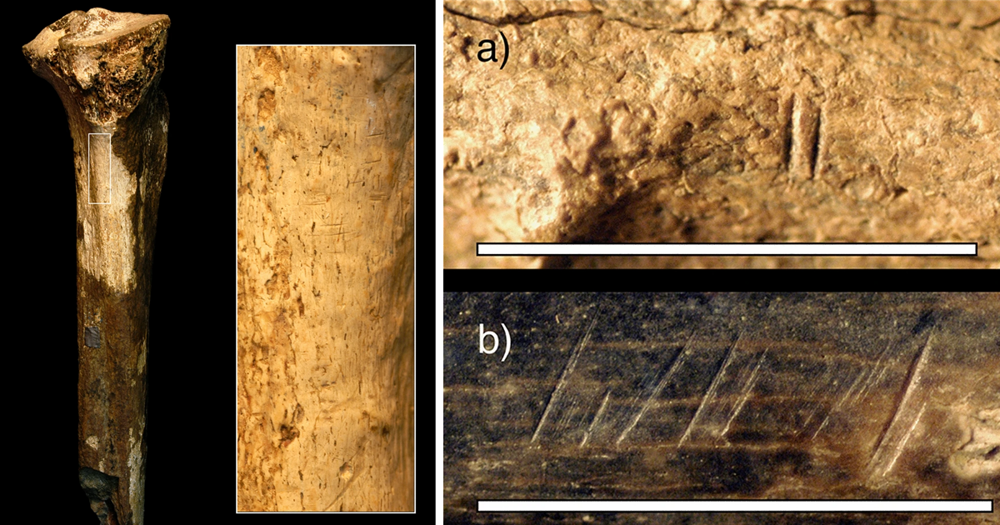
Researchers at the National Museum of Natural History Smithsonian Institution found marks on the bone of the left leg a relative of Homo sapiens who lived in what is now Kenya.
Approximately nine out of 11 markings correspond to the type cuts made by stone tools, while the rest look like teeth marks of an extinct saber-toothed animal. Lead Investigator of the project, Briana Pobiner stated that although the cuts are not direct proof that the one who butchered the leg also ate it is seems like the most likely scenario. 
The bone was discovered back in 1970 by paleoanthropologist Mary Leakey and has since been kept in the museum of the National Museum of Kenya in Nairobi. Pobiner recently examined the tibia again for bites. animals, but instead found traces resembling embroidery cross stitch.
“The information we have tells us that hominins, most likely eating other hominins for at least 1.45 million years back,” Pobiner said in a statement. - There are many others examples of how species from the human evolutionary tree consumed each friend for food, but this bone suggests that relatives our species ate each other to survive, in a more distant past than we were aware." 
Most of the modifications on the bone surface are are short, narrow linear traces with a straight trajectory and a closed V-shaped cross-section, oriented in one direction.
“Besides, all cut marks are oriented in the same way, so that the hand operating the stone tool most likely made them in a row, without changing the grip and without adjusting the angle of attack, ”the report says. researchers in a press release. 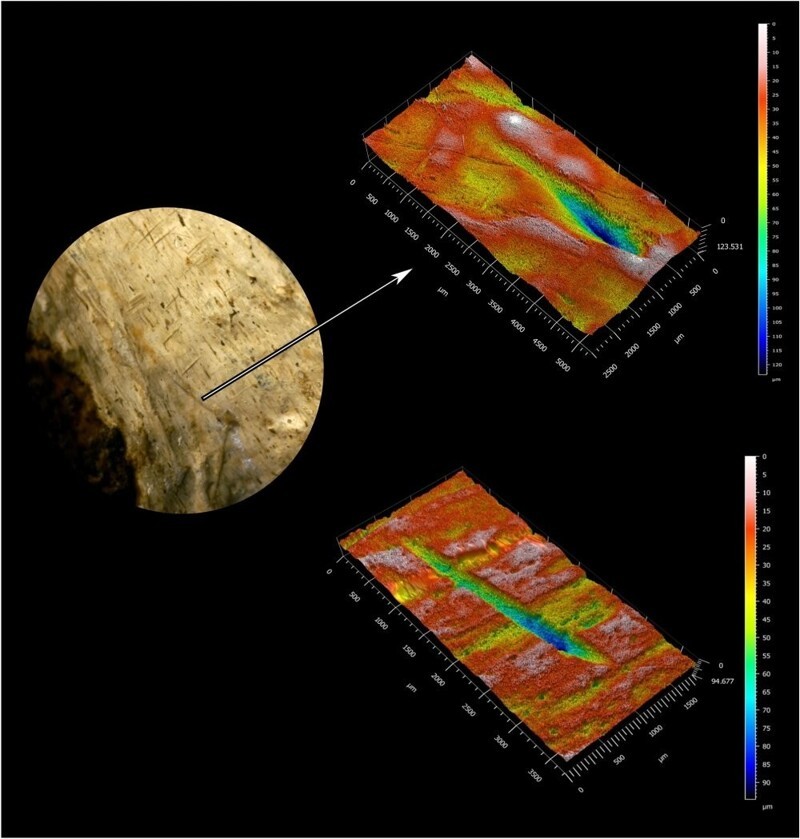
According to a study published in the journal Nature, all cuts are concentrated in the same place on the bone. None of the traces from stone tools does not intersect with two bite marks, due to which makes it difficult to draw conclusions about the order of events. Maybe, the big cat got to the remains after the hominins removed most of the meat is from the leg bone. It is equally possible that a big cat killed a hapless hominin, but she was chased away relatives who took the prey for themselves.
"These cuts are very similar to those that I saw on the remains, that have been processed for human consumption,” Pobiner said. - It is most likely that the meat of this leg was eaten for reasons subsistence, not for ritual. This fossil may be evidence of prehistoric cannibalism, but it is also possible that this the case when one species ate its evolutionary relative. 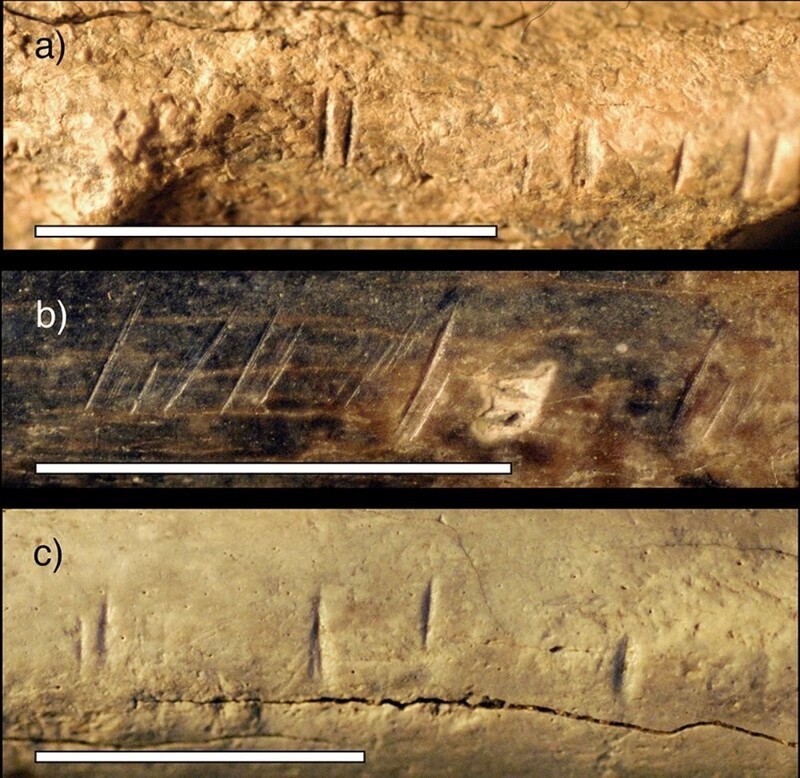
Scientists have found evidence that 1.5 million years ago in the region where the bone was found, there were at least three hominin species: Homo erectus, Homo Habilis and Paranthropus boisei. Pobiner told The Washington Post she wasn't sure which the mysterious victim belongs to the species, but carries out further investigation.
She examined 199 bones in the collection, and this tibia the bone is the only one with similar traces, which suggests that cannibalism was not widespread. The opening, however, allows assume that at some point there could be a shortage food, forcing ancient people to consume everything that only possible to survive.












